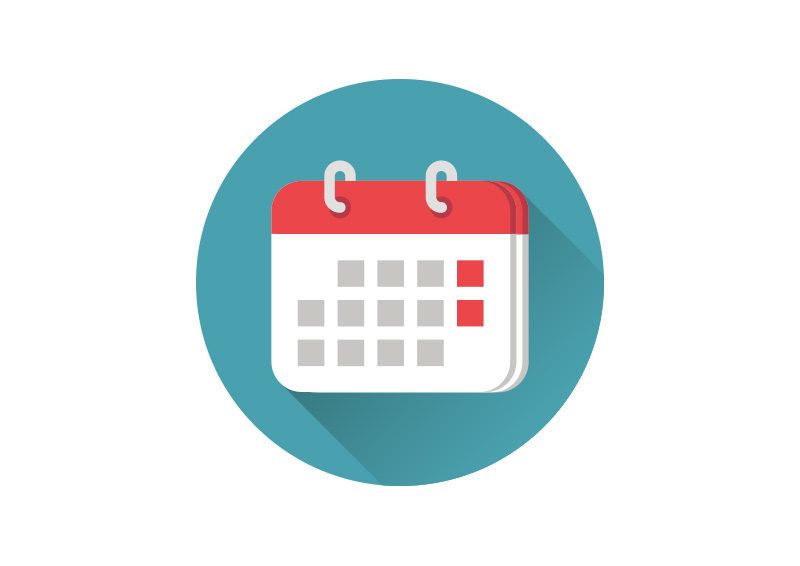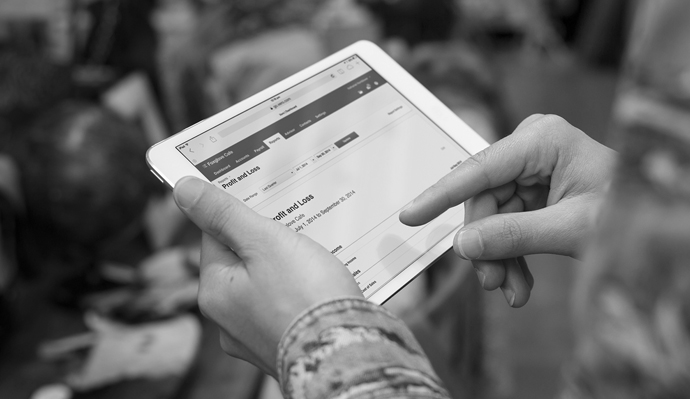Inflation has hit small business hard, writes Xero economist Louise Southall, but there’s plenty you can do to prepare for (and minimise the impact of) tough economic conditions.
Compared to recent years, the world is feeling a little different in 2022. The worst of the pandemic may be behind us, but ongoing global and local disruption mean the road to recovery remains bumpy. In particular, many small business owners are feeling the effects of economic turbulence, with rising expenses and hiring challenges.
According to a new report from Xero, 92 percent of Australian small businesses experience at least one negative cash flow ‘crunch’ month a year. This is when monthly expenses are greater than monthly revenues. For 20 percent, this happens more than six times annually. So as the cost of living continues to climb, juggling expenses and revenues will likely only become trickier.
That means now is the time to take action and prepare for whatever lies ahead. Here’s what’s happening in the economy (both now and what’s expected in the near future) with tips to help your business stay resilient.
How does inflation impact small businesses?
Every quarter, the Australian Bureau of Statistics (ABS) announces what’s known as the Consumer Price Index (CPI). This is how we measure price rises, otherwise known as inflation.
It’s calculated by looking at the total cost of an average Australian household’s shopping basket compared to the same quarter in the previous year. In June, price rises climbed to 6.1 percent year-on-year. This is particularly high, as the Reserve Bank of Australia (RBA) is trying to set interest rates to see inflation sit between two and three percent.
Inflation largely impacts small businesses in two big ways:
1. Business costs rise
The first is that business costs – like fuel, energy and rent – rise , all while small business owners have minimal negotiating power to change things.
2. Customers spend less
The second is that customers tightening their wallets. More people begin diverting spending away from small businesses in order to pay for their mortgage, bills and other essentials. This leaves business owners in a tricky situation, as many will need to raise their prices to cover escalating expenses, but not so much in case they lose customers as a result.
How is the wider small business community faring with all these changes?
Good question. After almost three years of turbulence, it’s fair to say small businesses have learned to expect the unexpected. So we’re seeing the community adapt to inflation – for now.
According to our latest Xero Small Business Index (XSBI) results – a single measure that uses anonymised and aggregated data to track the performance of small businesses each month – employers are still hiring (as jobs growth rose to +2 percent year-on-year in June) and customers have kept spending (with sales growth at a healthy +10.6 percent year-on-year). However, the months to come may be a different story.
The longer inflation remains high, the harder it will be for small business owners to balance expenses and price increases. The XSBI data shows that once price rises are taken into account, sales are actually falling for our international neighbours in the UK and New Zealand, where costs are rising faster than in Australia. We have an opportunity to learn from their experiences by getting ready for what could come next.
So what can you do to prepare?
There are several things small businesses can do to prepare for (and minimise the impact of) tough economic conditions. Here are some examples:
Understand your cash flow
To make informed decisions on things like spending, budgeting and price changes, you need to have a clear, detailed understanding of your incomings and outgoings. Take a forensic look at your numbers to determine where you’re at.
Create a game plan
During uncertain times, it helps to have a business continuity plan at the ready. Essentially, this is your go-to guide to keep your business running during a disruptive period or event. If you don’t know where to start, plenty of guides and templates are available online.
Go digital
Automating invoice payments and reminders with apps like GoCardless or Stripe can help small businesses get paid faster and boost cash flow. So invest some time into exploring what digital tools are out there and how they could benefit your business.
Get government agencies on your side
If you find yourself with a short-term cash flow dilemma, many government agencies (like the ATO) will be inclined to help you out of it (especially if you have a good track record). The earlier you get in touch, the sooner they can set you up with a solution like a payment plan.
Stay close to your advisor
If you’re unsure where to start with any of the points above, get in touch with your advisor. They can support you with all things numbers-related, as well as systems or processes that will help you run your business more efficiently.
Although uncertainty has become the new norm, it’s important to remember that the small business community has weathered all sorts of challenges with incredible grit and resilience. Now is the time to stay ready to tackle whatever’s thrown your way head-on.









